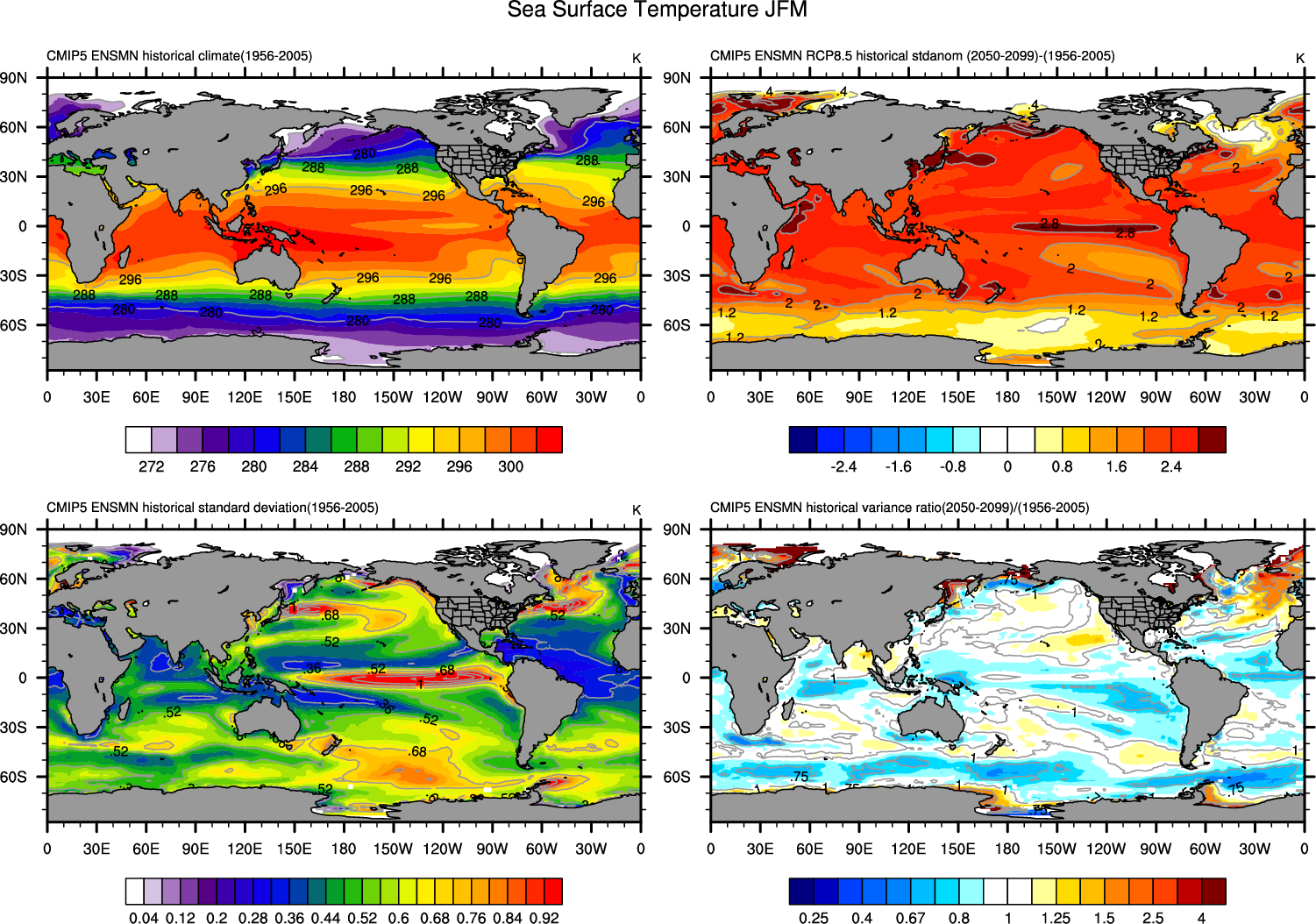

Every NOAA pass generates three files: a WAV fileĬontaining the satellite audio, a JPEG image in the standard NOAA format of two side-by-side images, and a text file whichĬontains full details of the pass (satellite name, times of AOS and LOS, station details and the 2-line element set).Īll these are saved in the current 'day' folder, every file with a convenient generic stem filename based on the dateĮven though you take the trouble to set the recording level carefully, you may well discover that your images still or whatever)ĪPTDecoder creates a new data folder each year, containing a subfolder for each monthĪnd a further subfolder, as required, for each day of the month. APTDecoder has built-in tools for modifying its default image parameters Lack the brightness and contrast that you desire. Under the 'Settings / General settings / Image properties / Enhancements' menu.Īny changes made here will become the defaults for all future satellite images.


Parameters during image acquisition then store the changes by clicking ‘OK’. Video-A (daytime visible channel-2) and Video-B (infrared channel-4) may be displayed individually or further improved Once a basic twin-channel NOAA image has been captured it can be processed in a variety of ways. The full range of image possibilities available in the menu is: False colour can be applied in several ways, both as a colour-composite imageĪnd as colour enhanced IR. WXTOIMG COLOR THERMAL PALLETTE NOAA WINDOWSįalse colour temperature enhanced (ch 2+4).Video A - visible channel-2 by day, channel-3 IR overnight.Normal - the basic twin-channel NOAA transmission.WXTOIMG COLOR THERMAL PALLETTE NOAA FREE.WXTOIMG COLOR THERMAL PALLETTE NOAA SOFTWARE.WXTOIMG COLOR THERMAL PALLETTE NOAA FULL.


 0 kommentar(er)
0 kommentar(er)
